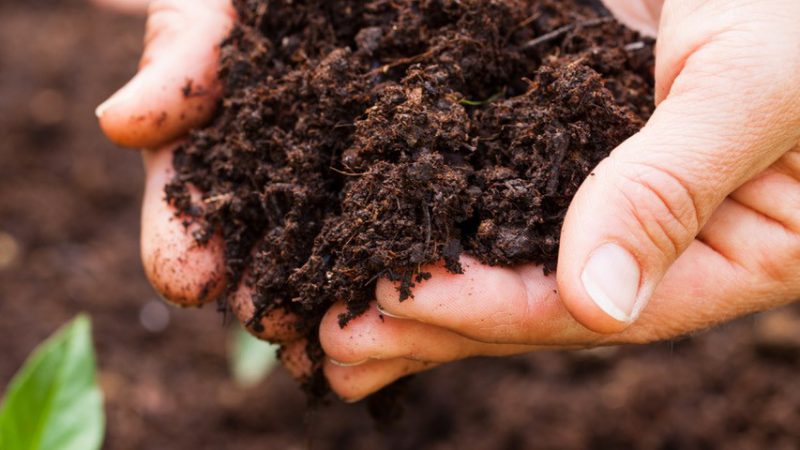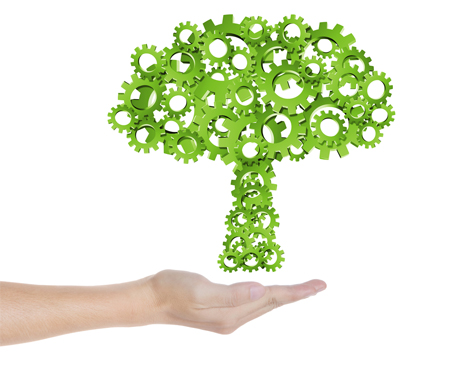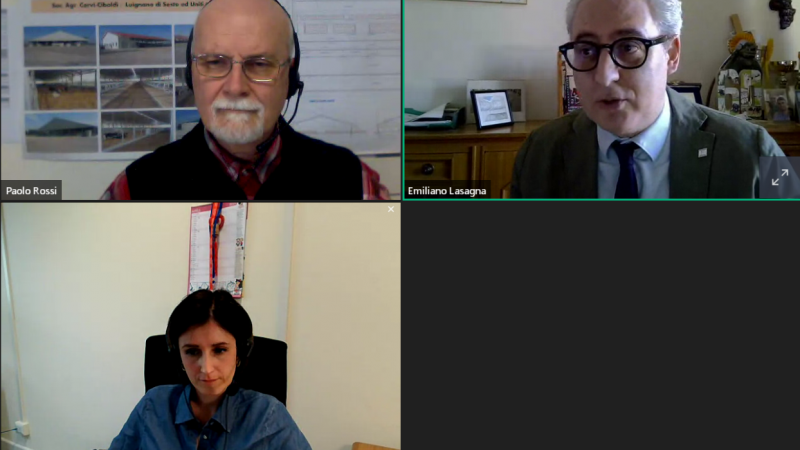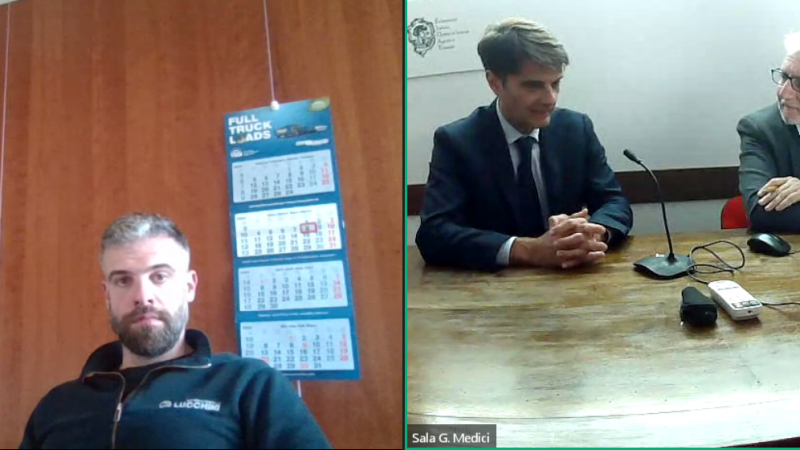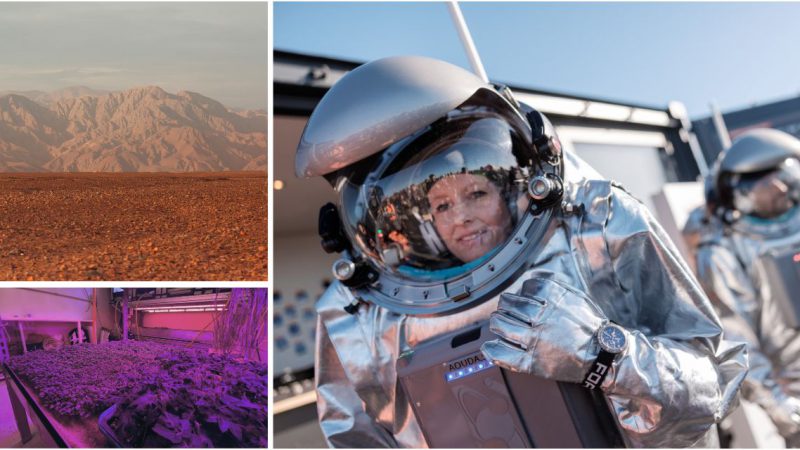Food security analysis: from local to global

Given limited land and water resources available for crop production and population soon to exceed 9 billion, ensuring food security while protecting carbon-rich and biodiverse rainforests, wetlands, and grasslands depends on our ability to increase current crop yields on existing farmland through sustainable intensification. The Global Yield Gap and Water Productivity Atlas (GYGA) provides robust estimates of untapped crop production potential on existing farmland based on current climate and available soil and water resources.
Results from the atlas can serve for identifying regions with greatest potential for investment in agricultural development and technology transfer and to monitor impact over time. Likewise, the atlas provides essential information to assess the feasibility of a country to achieve food self-sufficiency through crop intensification and, if this cannot be achieved, for assessing how much extra land clearing or food import will be needed to meet future demand for food. The atlas is a foundation for studies aiming to explain and mitigate yield gaps and investigate impact of climate change, land use, and environmental footprint of agriculture.
GYGA is an international project requiring collaboration among agronomists with knowledge of production systems, soils, and climate governing crop performance in their countries. A standard protocol for assessing yield potential (Yp), water-limited yield potential (Yw), yield gaps (Yg) and water productivity (WP) is applied for all crops and countries based on best available data, robust crop simulation models, and a bottom-up approach to upscale results from location to region and country…


